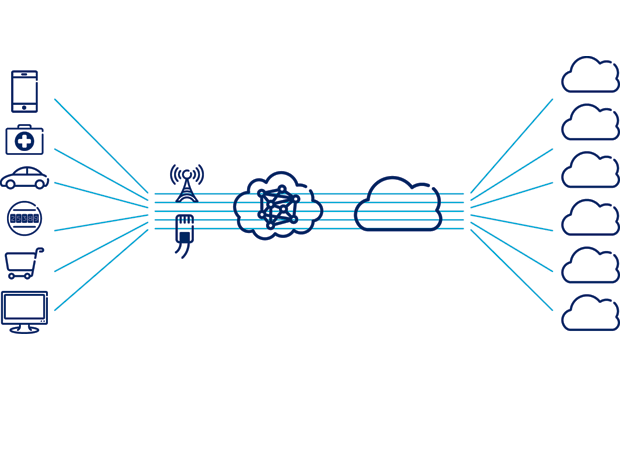|

From 5-6 October, twelve representatives from Canada, France,
Germany, The Netherlands, Sweden, the United States and the United
Kingdom participated in an Exploratory Team investigating national
interest in researching Fifth Generation (5G) COMMS and MIMO Challenges
in Electronic Warfare.
5G wireless communications systems will be
fully operational and start deployment by 2020. The technical objective
of METIS (Mobile and Wireless Communications Enablers for the
Twenty-Twenty Information Society) Supports significant advances over
current 4G technology.
This revolutionary approach will be
achieved through a flexible combination of evolved existing technologies
(e.g. 3G, 4G, Wi-Fi, etc.) and many new radio concepts. NATO experience
demonstrated that a capable civilian telecommunications infrastructure
has a high probability of being leveraged by adversaries for Command,
Control, Communications, and Computer, Intelligence, Surveillance, and
Reconnaissance (C4ISR) operations. Therefore, extensive investigation is
essential to assess the impact of 5G to current and future military
operations, and analyze the challenges and opportunities of 5G
technology to both the military communications and electronic warfare
(EW) in various scenarios. Since the 5G technology will be a worldwide
EW issue to all NATO nations in a few years, it should be a follow-on
Research Task Group (RTG) with urgency and great concern.
It has
been acknowledged in the NATO recommendations that current and future
EME are significantly different than that which existed when our current
EW systems and CONOPS were initially developed and fielded. The
emergence of 5G makes our endeavor even more challenging. Many other
techniques in 5G will also affect current and future EW capabilities
such as the use of directional antennas for mobile communications, cloud
services, and human-centric networks, to name just a few. The RTG will
investigate the impact of proposed key 5G technologies on NATO EW and
Cyber systems depending on the distributed (across nations) scope of
work and allotted timeframe (proposed 3 year effort). This will be
evaluated, scoped (roadmap) and established at the next SCI-290
participants meeting in October 2016. Since 5G encompasses a rather
large technical domain incorporating both legacy and modern electronic
devices, and due to limited resources, it is important to leverage
efforts across multiple nations and establish a teaming framework via
the NATO ET/RTG process. Additionally, it will include an on-going
technology watch, progressive learning, and continuing assessment to be
conducted through the NATO RTG. The proposed effort will culminate in a
comprehensive technical report (TR), however, it is anticipated that
joint trials will be conducted whereby each participating nation may
contribute a developed product that will be integrated into an EW/Cyber
prototype test-bed for demonstration purposes to NATO community members.
|